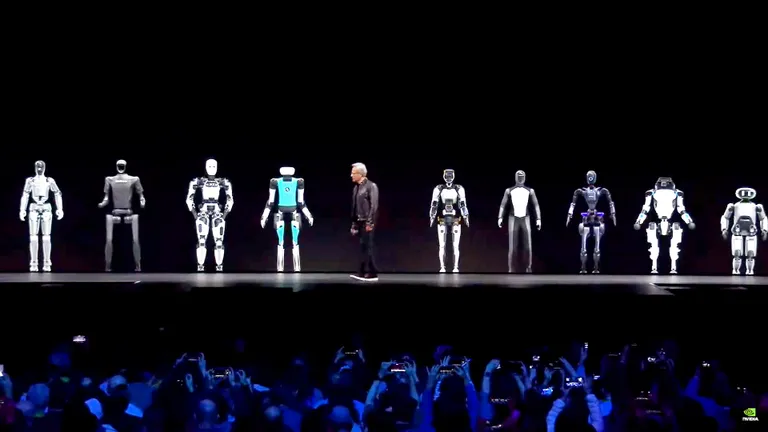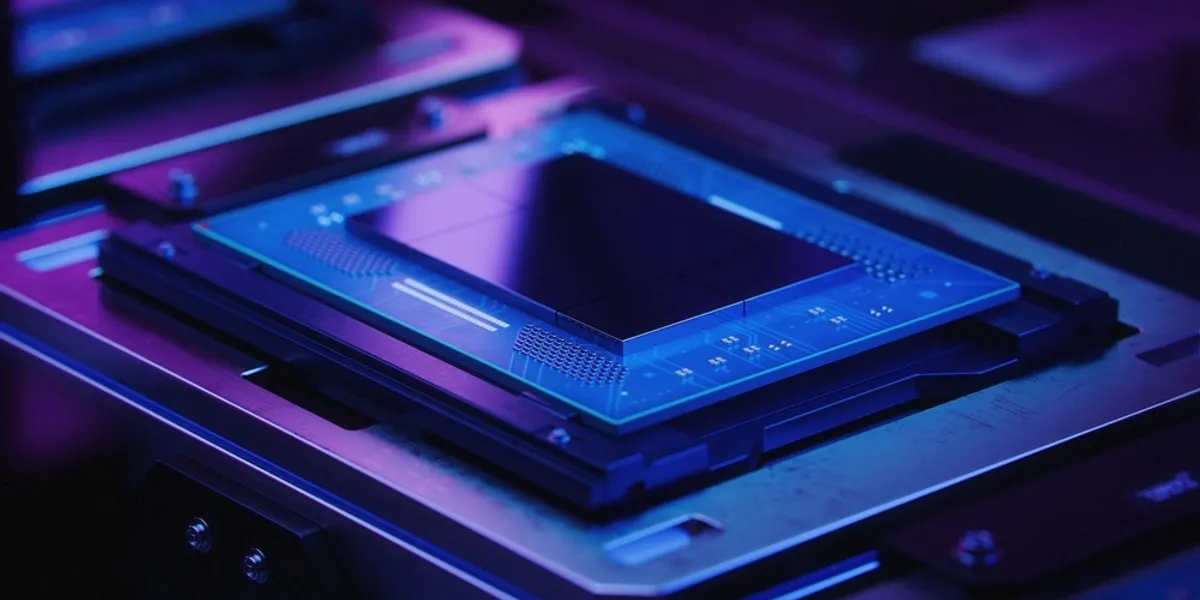Boston Dynamics bid farewell to its iconic Atlas robot this week, marking the end of an era for its hydraulic-powered predecessor. However, the unveiling of the new electric-powered Atlas signals a significant leap forward in robotics technology. According to TechCrunch’s Brian Heater, the shift away from hydraulics was long overdue, as the outdated system limited the robot’s potential.
The transition to electric power brings notable improvements to the new Atlas, making it sleeker and more agile with enhanced range-of-motion capabilities. These enhancements are not merely cosmetic but essential for unlocking new possibilities in various work environments. As Boston Dynamics, now owned by Hyundai, embraces electric power, the new Atlas is poised to revolutionize tasks in Hyundai factories before being introduced to the broader market.
Boston Dynamics and Other Competitors
Excitingly, Boston Dynamics is not the only player in the humanoid robot game. With startups like Figure, Agility, and even Tesla entering the fray, competition is fierce, driving innovation at an accelerated pace. This multitude of companies working towards a common goal promises rapid progress and brings us closer to the long-awaited general-purpose humanoid robot that can learn and adapt.
It’s crucial to recognize the pivotal role of artificial intelligence in this journey. As robots evolve from performing repetitive tasks to learning and adapting autonomously, AI will be instrumental. While integrating AI capabilities into current robot development may take time, it offers a glimpse into a future where robots can learn and operate independently.
In conclusion, the retirement of the old Atlas signifies the dawn of a new era in robotics, powered by electricity and driven by innovation. With multiple companies pushing boundaries and advancing AI capabilities, the future of humanoid robots looks promising, promising faster progress towards realizing our sci-fi dreams.
































